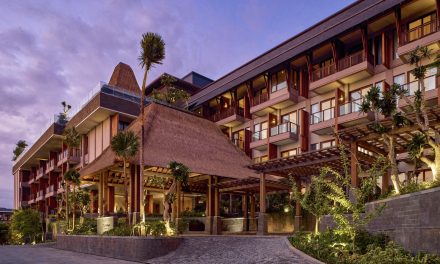Ah, Kuta Beach in Bali – a paradise not just for surfers but for photographers too. The golden sands, the breathtaking sunsets, and the thrill of waves crashing make it an idyllic spot for capturing those epic surf shots. Having spent countless hours with my camera perched on a tripod, several lens choices in my bag, and an enthusiastic heart ready to shoot, I’d like to share with you some essential Kuta surfing photography tips and tricks. Whether you’re an experienced photographer or just dipping your toes into surf photography, there’s something here for everyone.
Understanding Your Environment
Scout the Best Spots
Before heading out to shoot, it’s crucial to scout the beach. I remember my first trip to Kuta; I wandered aimlessly, missing out on the sweet spots where both surfers and sunsets are best captured. Try this: explore early in the morning or later in the evening when the light is softer. Popular spots near the surf schools or the southern section of Kuta often provide exciting angles and views.
Pro Tip: Use Google Earth or street view to map out potential locations before your trip to save time when you arrive.
Timing is Everything
Kuta is famous for its stunning sunsets. I had a particularly memorable evening when I arrived an hour before sunset. I found my spot, set my camera, and watched as the sky transitioned into a brilliant palette of reds, oranges, and purples. It’s during these golden hours that you can really capture the magic – the surfers silhouetted against a fiery sky create stunning shots that your friends will envy.
Gear Up
Choose the Right Equipment
You don’t need the most expensive gear to take great surf photos. I often start with a decent DSLR or mirrorless camera. For surf shots, a zoom lens (like a 70-200mm) is incredibly useful to capture action from a distance without getting wet!
Personal Anecdote: On one particularly adventurous day, I picked up a used 50mm lens just before my trip. While it was a challenge at times because I couldn’t zoom, I found that it forced me to engage more with the surfers. I got some striking close-ups that I wouldn’t have captured otherwise!
Protect Your Gear
Water and sand can be a photographer’s worst nightmares. I learned this the hard way on my second trip when saltwater ruins were the bane of my existence. Invest in a waterproof bag for your camera, and always carry microfiber cloths to keep your lens clean. A clear plastic bag or a rain cover works wonders, too!
Composition Techniques
Look for Action
Great surf photography is all about capturing the action. Look for surfers catching waves and try to anticipate their moves. I often watch for the moment just before a surfer launches into a maneuver or rides the crest of a wave. This waiting game can lead to those jaw-dropping moments that make for incredible photos.
Scenario: Picture this – I’m standing knee-deep in the water, camera dialed in, waiting for that perfect shot of a surfer about to drop in. It’s a thrilling moment, and when it finally clicks, it feels like capturing pure adrenaline!
Include the Environment
While close-up shots of surfers are thrilling, don’t forget to include the beach, the waves, and even the spectators. A wide shot with surfers in the foreground and the surfing crowd behind often tells a better story. I’ve had some of my favorite shots that feature people cheering from the beach coupled with the surfers riding waves. It captures the community spirit of Kuta!
Post-Processing Like a Pro
Edit with Purpose
Post-processing can elevate your photography to new heights. Once, after a long day of shooting, I realized most of my photos were a bit washed out. A simple tweak in Lightroom – adjusting the contrast and saturation – transformed them. Play with exposure, shadows, and highlights to bring out the vibrancy of the water and the energy of the surfers.
Quick Tip: Always keep a backup of your original photos before jumping into the editing process. You might want to revisit them later for a different style or a fresh perspective!
Connect with the Local Surf Community
Networking is Key
When I first visited Kuta, I found that striking up conversations with local surfers not only improved my shots but also built camaraderie. They often show you spots that aren’t on maps and share tips about when the waves are best. Plus, they can become great subjects for your photography.
A Little Insight: Don’t be shy – ask for permission to take photos of surfers. Most are thrilled to be part of the process and might even show off their best moves once they know you’re capturing them!
Participate in Local Events
Kuta often hosts surfing contests and community events. Attending these can provide an amazing opportunity to snap professional surfers in action and engage with locals. I managed to capture some stunning images of world-class surfers at a competition one year – it was a personal highlight!
Final Thoughts
As you prepare for your Kuta surfing photography adventure, just know that each click of the shutter is a chance to tell a story. Each wave, each surfer, and each sunset is unique. Embrace the chaos, the beauty, and the individuality of every moment. Remember, the best part about Kuta surfing photography isn’t just the pictures you bring home; it’s the memories you create. Grab your camera, experiment, and most importantly – have fun!Now, it’s your turn! What are your Kuta surfing photography tips and tricks? Share your experiences below, and let’s keep the wave of creativity going!






